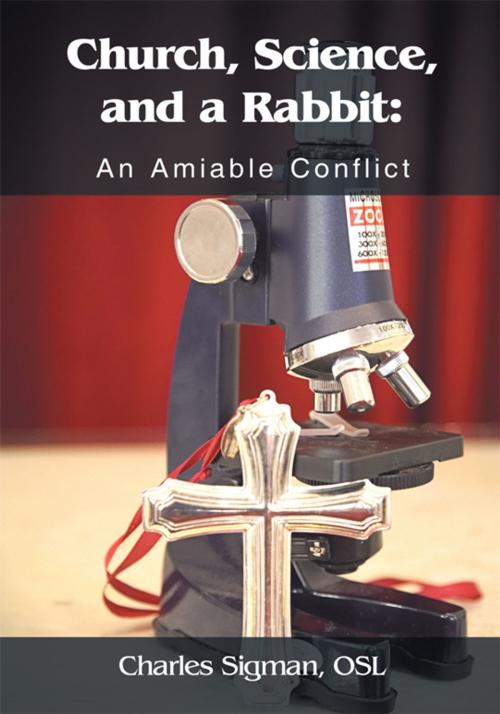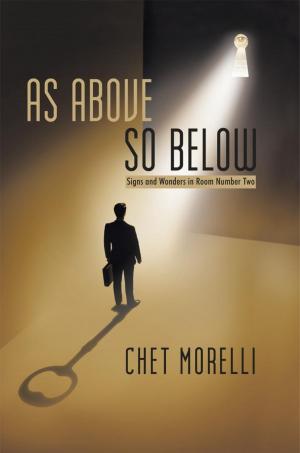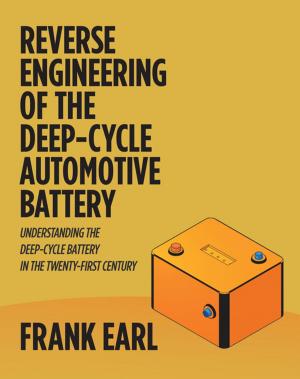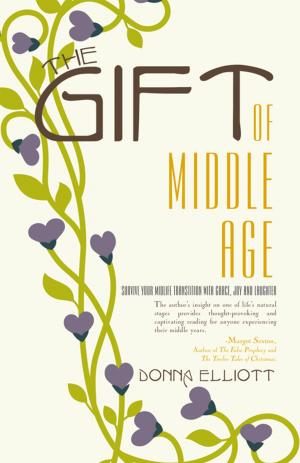Church, Science, and a Rabbit: an Amiable Conflict
Nonfiction, Religion & Spirituality, Theology, Ethics| Author: | Charles Sigman OSL | ISBN: | 9781440157691 |
| Publisher: | iUniverse | Publication: | July 20, 2009 |
| Imprint: | iUniverse | Language: | English |
| Author: | Charles Sigman OSL |
| ISBN: | 9781440157691 |
| Publisher: | iUniverse |
| Publication: | July 20, 2009 |
| Imprint: | iUniverse |
| Language: | English |
Over the last fifteen years of my ministry I have seen both the positives and negatives of technology. For the most part technology has made lives better, but when technology drives humanity and when science defines the human condition, problems arise. Science has the potential for destroying myth. Myth is the thread that holds the human tapestry or narrative together. One role the Church must take on is to keep science and technology in their proper place by saying, No, when the two overstep their limitations. Currently, there are no checks and balances placed upon science. Science is accountable to no one but itself. Humans are imperfect, and thus, science is imperfect. In this way, the Church brings meaning and purpose to religion, while still affirming sciences role of making peoples physical lives better. Both science and religion need a level of utilitarian mission, purpose, and vision. The Church and science must be in a friendly, adversarial relationship. Conflict is good and healthy because from out of conflict comes great creativity. Adversity spawns growth. When science and religion are in healthy, amiable conflict, creativity emergesjust as the butterfly struggles to emerge from the cocoon.
Over the last fifteen years of my ministry I have seen both the positives and negatives of technology. For the most part technology has made lives better, but when technology drives humanity and when science defines the human condition, problems arise. Science has the potential for destroying myth. Myth is the thread that holds the human tapestry or narrative together. One role the Church must take on is to keep science and technology in their proper place by saying, No, when the two overstep their limitations. Currently, there are no checks and balances placed upon science. Science is accountable to no one but itself. Humans are imperfect, and thus, science is imperfect. In this way, the Church brings meaning and purpose to religion, while still affirming sciences role of making peoples physical lives better. Both science and religion need a level of utilitarian mission, purpose, and vision. The Church and science must be in a friendly, adversarial relationship. Conflict is good and healthy because from out of conflict comes great creativity. Adversity spawns growth. When science and religion are in healthy, amiable conflict, creativity emergesjust as the butterfly struggles to emerge from the cocoon.















